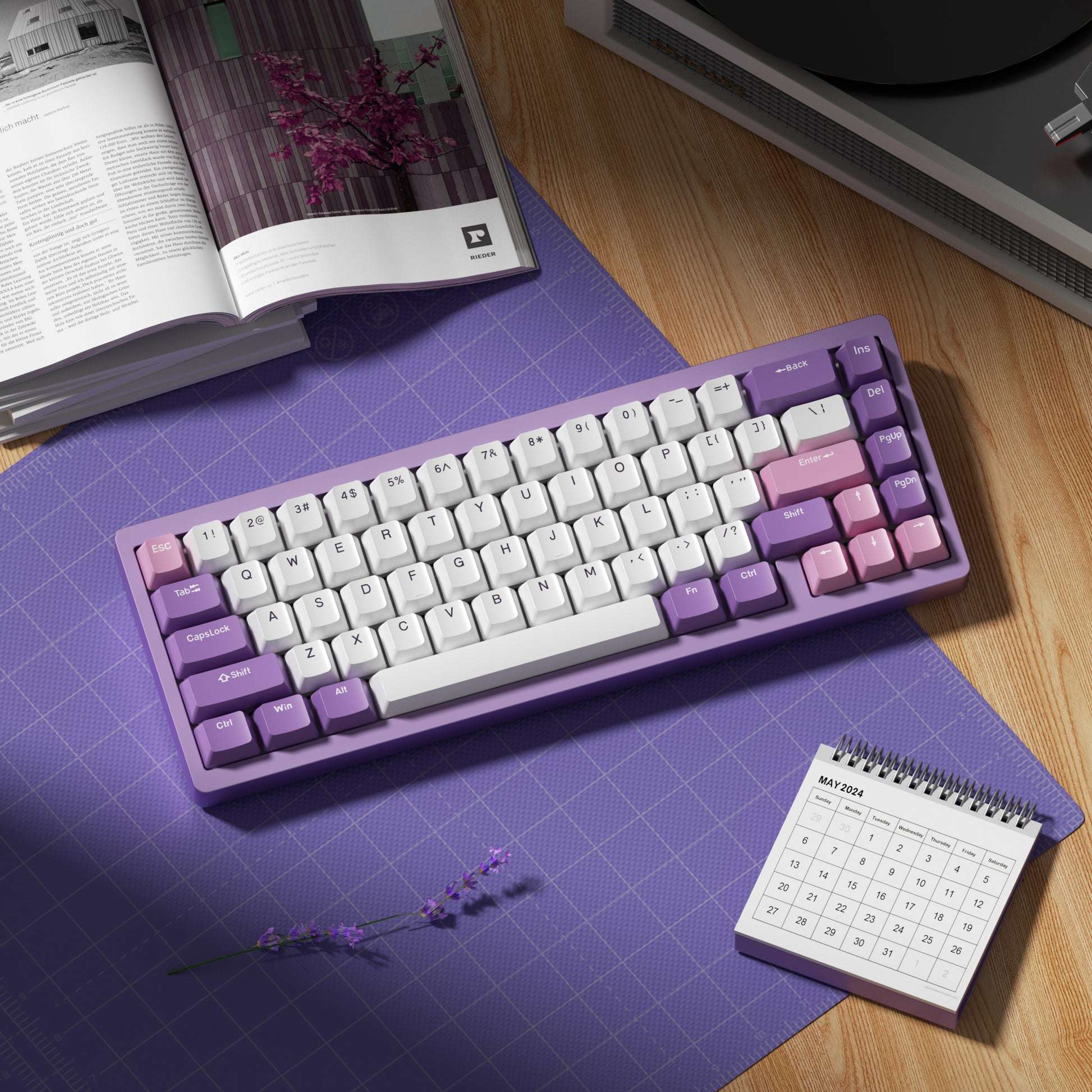In recent years, mechanical keyboards have become more than just functional tools for typing or gaming — they've evolved into key elements of desk aesthetics and personal expression. Whether you’re working from home or setting up a creative gaming station, styling your desk setup with a beautiful mechanical keyboard can elevate both the look and feel of your workspace. Here’s a guide to creating an aesthetically pleasing desk setup with your mechanical keyboard as the centerpiece.
1. Choose a Theme for Your Setup
Before you start selecting accessories, define the overall theme you want for your desk. Some popular aesthetics include:
-
Minimalist: Clean lines, neutral colors, and uncluttered spaces.
-
Retro: Warm tones, vintage keycaps, and nostalgic desk accessories.
-
Cyberpunk: Bold neon colors, RGB lighting, and futuristic elements.
-
Nature-Inspired: Earthy tones, wood finishes, and plants.
Your keyboard’s design should complement the theme to create a cohesive and visually appealing space.
2. Select the Right Keycaps
Keycaps are one of the easiest ways to personalize your mechanical keyboard. Consider:
-
Materials: PBT keycaps are durable and resistant to shine, while ABS keycaps offer vibrant colors but may wear over time.
-
Profiles: SA, DSA, Cherry, and OEM profiles affect the typing experience and visual appeal.
-
Colors: Match keycap colors to your desk theme. Monochrome sets are perfect for minimalism, while pastel or gradient sets can add a splash of color.
-
Artisan Keycaps: Handcrafted artisan keycaps can serve as statement pieces, turning your keyboard into a work of art.
3. Coordinate Desk Accessories
A well-styled desk setup goes beyond just the keyboard. Coordinate accessories such as:
-
Mouse and Mousepad: Choose colors and designs that complement your keyboard.
-
Wrist Rests: Wooden, resin, or fabric wrist rests can add both comfort and style.
-
Desk Mats: A large desk mat with matching colors or patterns can tie the entire setup together.
-
Cable Management: Use coiled cables or cable sleeves in colors that match your setup.
4. Incorporate Lighting
Lighting plays a crucial role in setting the mood for your workspace.
-
Keyboard Backlighting: Opt for RGB lighting to match your desk’s color scheme or go for a subtle monochrome look.
-
Desk Lamps: Adjustable LED desk lamps can provide functional and ambient lighting.
-
Accent Lighting: RGB light strips behind your desk or monitor can enhance the atmosphere.
5. Add Personal Touches
Infuse your personality into your setup with unique elements:
-
Plants: Small succulents or air plants add a refreshing touch of nature.
-
Figurines and Collectibles: Showcase your favorite characters or decor items.
-
Framed Art: Hang or place prints that inspire you.
-
Books and Notebooks: Stack aesthetically pleasing books for a creative vibe.
6. Focus on Ergonomics and Comfort
While aesthetics are important, comfort should never be overlooked. Ensure that your setup is both beautiful and ergonomic:
-
Chair: Invest in a comfortable and supportive chair.
-
Monitor Height: Use a monitor riser to keep the screen at eye level.
-
Keyboard Placement: Position the keyboard at a comfortable angle to reduce strain.
7. Maintain a Clean and Organized Space
Clutter can detract from even the most beautiful setups. Keep your desk tidy by:
-
Using cable organizers and trays.
-
Storing unnecessary items in drawers.
-
Regularly cleaning your keyboard and desk surface.
Final Thoughts
Styling your desk setup with a mechanical keyboard as the centerpiece allows you to blend form and function seamlessly. By carefully selecting keycaps, coordinating accessories, and incorporating personal touches, you can create a workspace that is both inspiring and visually stunning. Whether you prefer a minimalist look or a vibrant gaming station, the possibilities are endless — so start designing your dream desk setup today.






